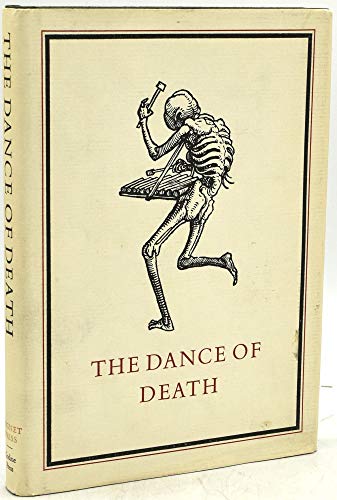The Dance of Death by Hans Holbein in 66 Woodcuts
Hans Holbein the Younger’s Dance of Death is a seminal work of Renaissance art, renowned for its profound thematic depth and masterful woodcut technique.
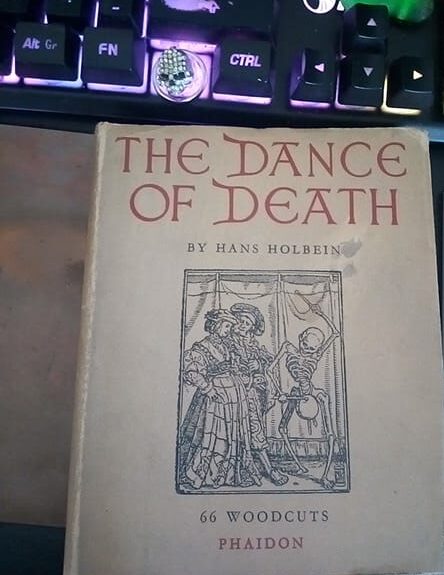
Created between 1523 and 1525 in Basel, this series of woodcuts captures the universal theme of mortality — the inevitability of death as the great equalizer across all social strata, ages, and sexes.

The Phaidon edition of Dance of Death is a high-quality reproduction of the unabridged 1538 edition, featuring 66 finely detailed woodcuts. Each woodcut depicts a vivid scene where a stylized skeleton, representing Death, seizes or confronts a figure from a wide spectrum of society — from kings and popes to peasants and children. This visual narrative is a powerful memento mori, reminding viewers that death spares no one.
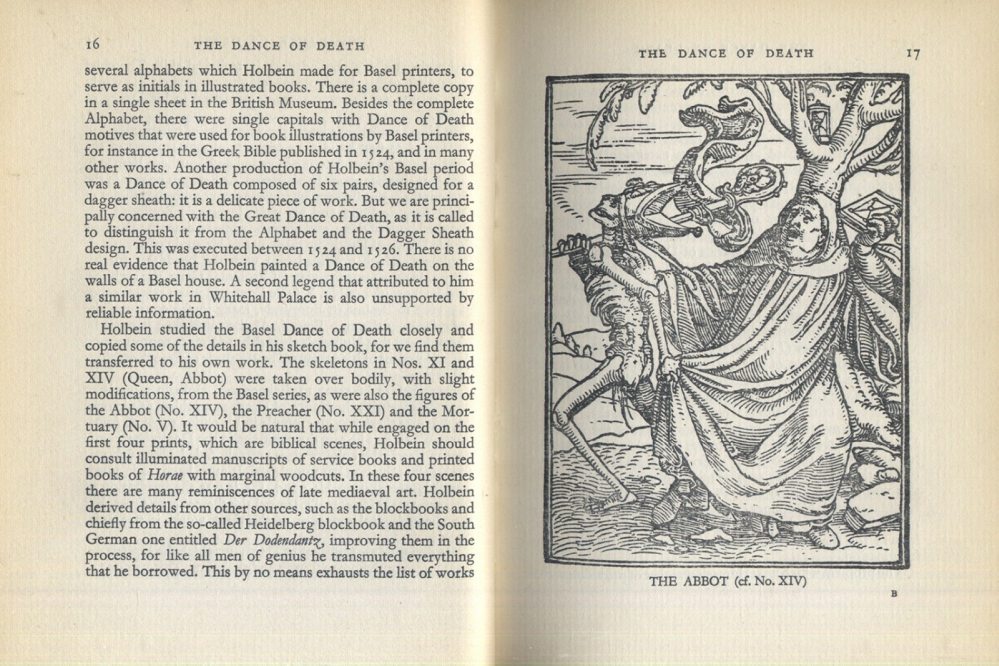
Holbein’s work stands out for its dark humor and social commentary. The skeletons mock the elites, expose their cruelty, and terrify them, yet Death also appears as a relief to the poor and the old, and as a thief for the child. This duality reflects a cosmic joke rather than a mockery of human existence, confronting the viewer with the horror and inevitability of mortality in a way that is both grim and deeply human.
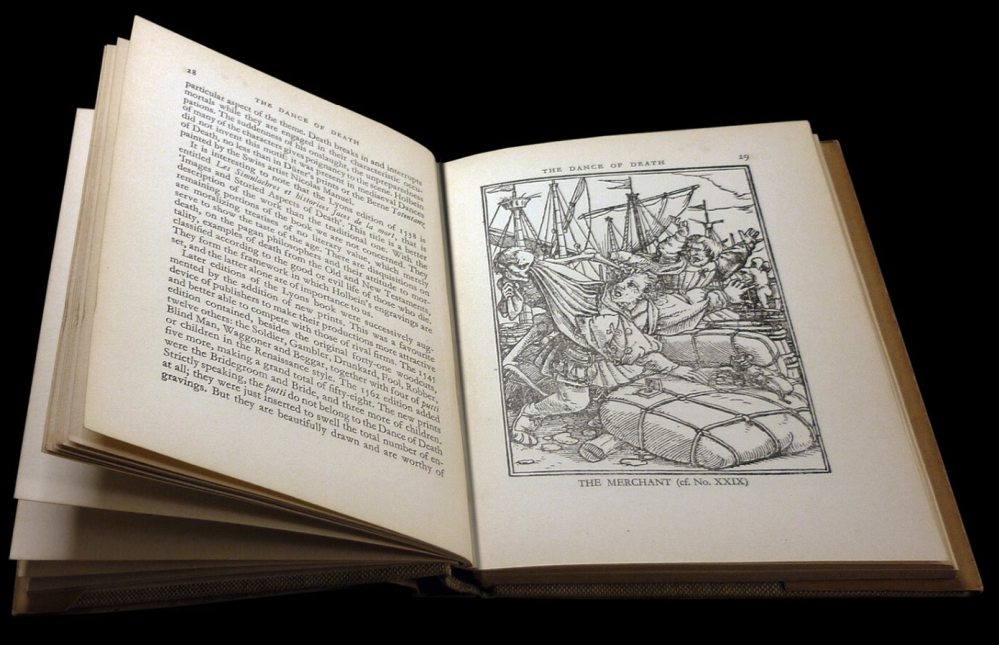
Artistically, the woodcuts are remarkable for their intricate detail and expressive power. The variety in social groups, architectural backgrounds, dress styles, and the unique way Death interacts with each character make every image distinct and compelling. The edition includes a prefatory letter by Jean de Vauzéle and various quotations and meditations on death, enhancing its historical and philosophical context.
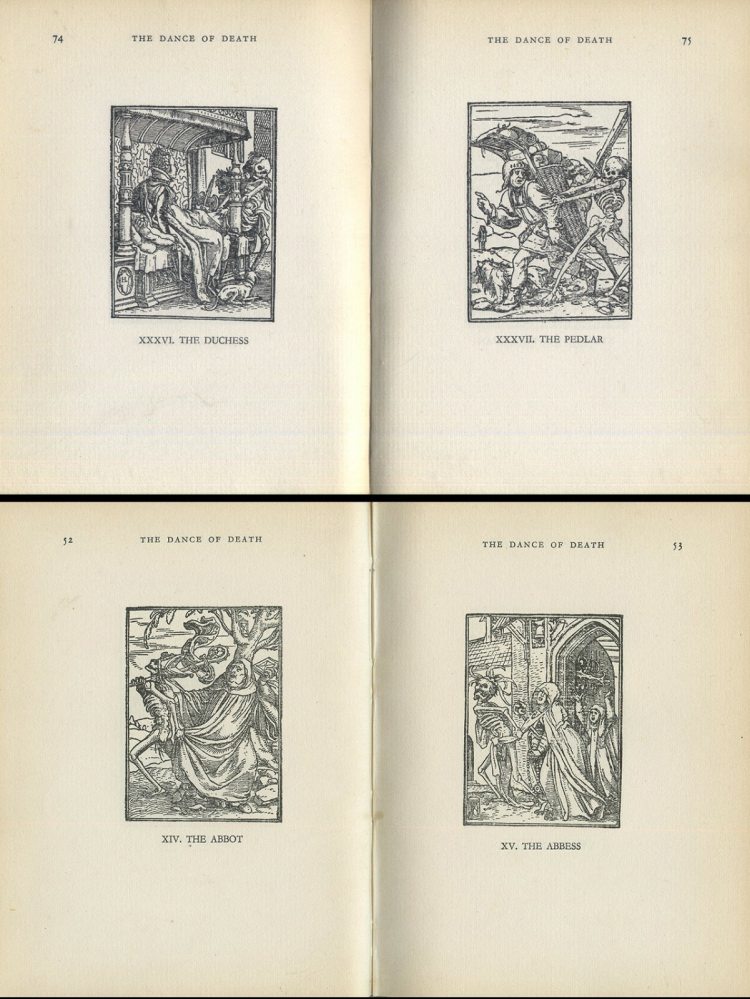
Why Are There Versions with Different Numbers of Woodcuts?
The original Holbein series is known primarily for the 41 woodcuts produced in collaboration with the master blockcutter Hans Lützelburger between 1522 and 1526. However, over time, the series was expanded in later editions:
– In 1547, additional figures such as the beggar, soldier, waggoner, gambler, robber, blind man, drunkard, fool, and four children were added, increasing the total number of woodcuts to 66.
– Further expansions occurred in 1562, adding more young men, women, and children. These later woodcuts were produced after both Holbein and Lützelburger had died, and their quality varies, often lacking the finesse of the originals.

These expansions reflect the evolving cultural and social contexts of the Dance of Death motif, as well as the commercial and popular demand for more comprehensive representations of humanity’s encounter with death.
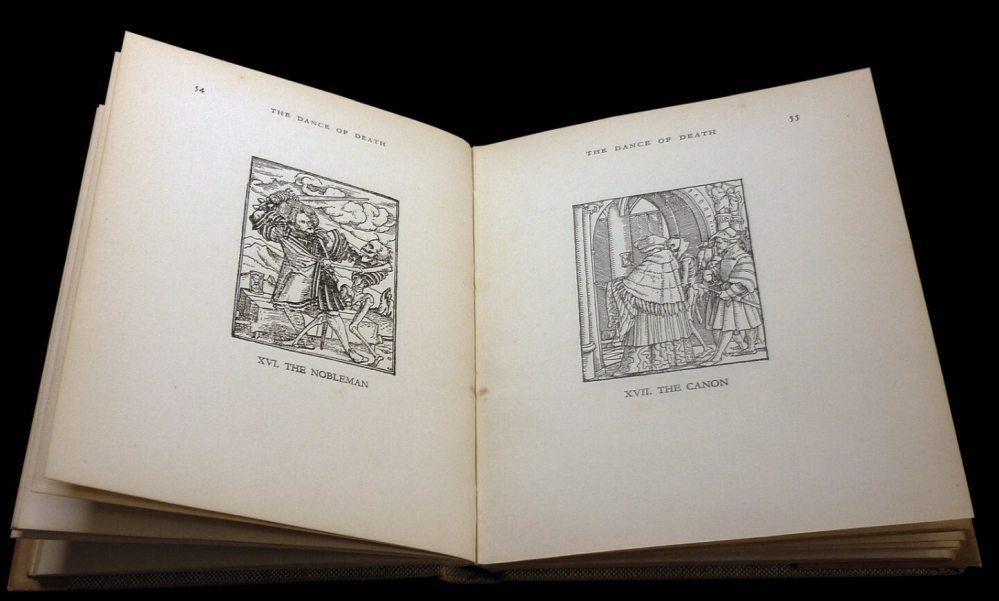
### Editions of Dance of Death in the 20th Century
Throughout the 20th century, Dance of Death was reprinted and studied extensively, often in editions that varied in the number of woodcuts included:
– The 1930s and later saw scholarly and collector editions that aimed to reproduce the original 41 woodcuts with high fidelity, sometimes accompanied by translations and commentaries.
– The Phaidon edition (a notable modern reprint) faithfully reproduces the 1538 unabridged edition with 66 woodcuts and includes additional scholarly material, making it a definitive collector’s edition.
– Other editions sometimes selectively reproduce fewer images, depending on the publisher’s focus on either the original Holbein-Lützelburger collaboration or the broader Dance of Death tradition.
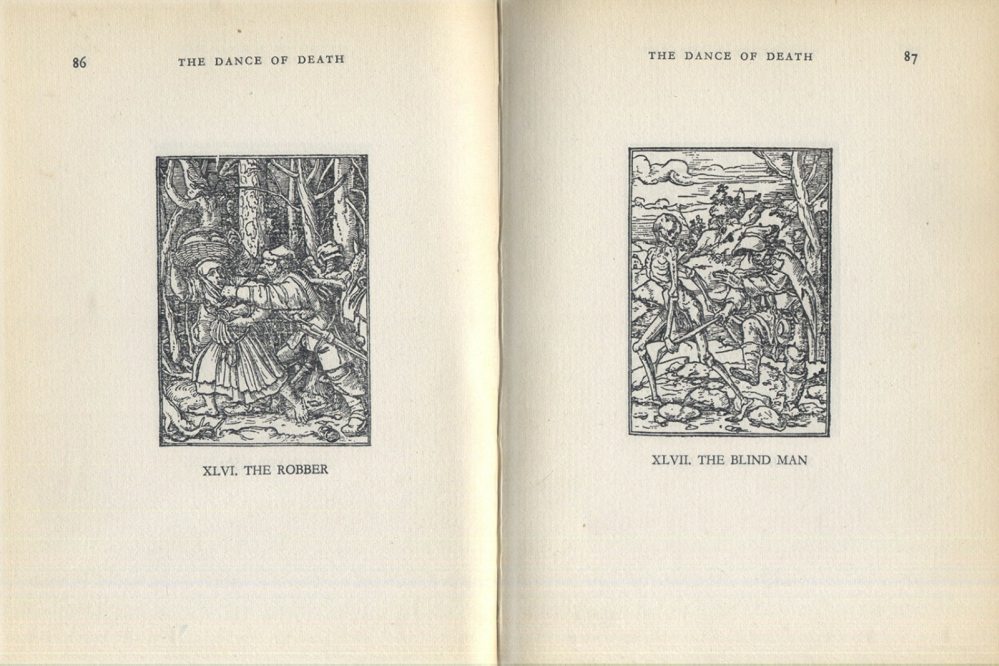
Hans Holbein’s Dance of Death surely remains a profound artistic and cultural milestone.

The edition published by Phaidon Press in 1947, which we own, reproducing the original 66 woodcuts, offers a deep and faithful insight into Holbein’s vision of death as the ultimate social leveler, its existence of expanded editions with this number of woodcuts reflects the motif’s enduring popularity and its adaptation to changing times.
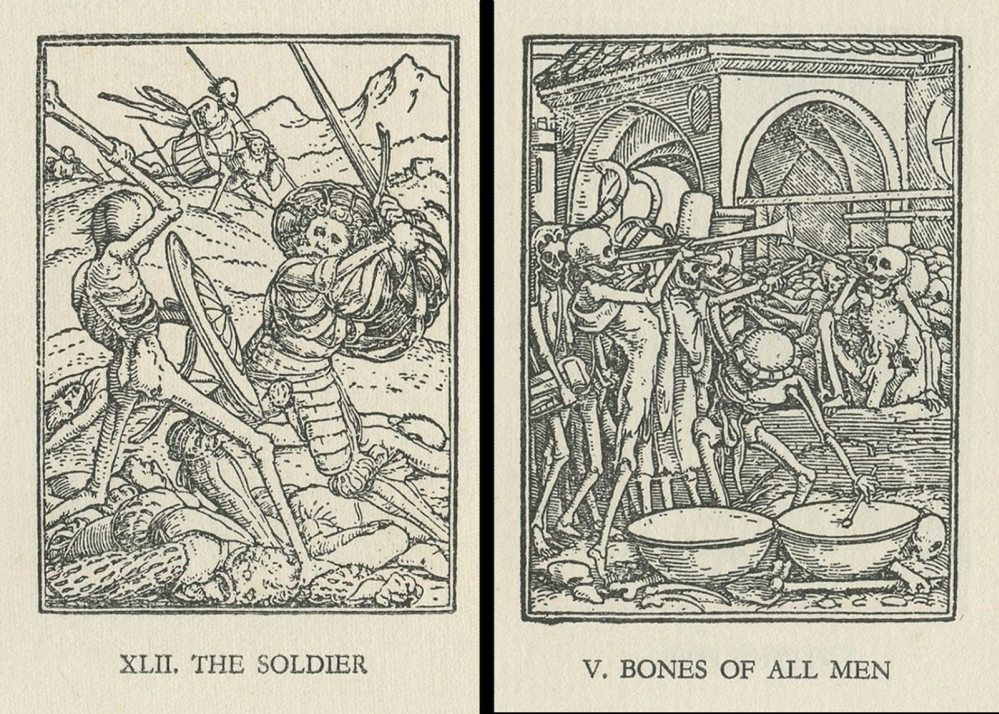
From its first book form publication in 1538 through various 20th-century editions, Hans Holbein’s Dance of Death continues to resonate as a powerful meditation on mortality, social justice, and human vulnerability.
